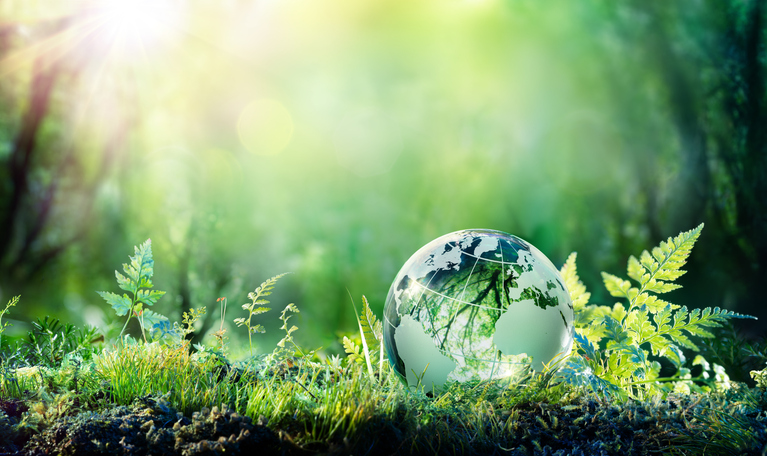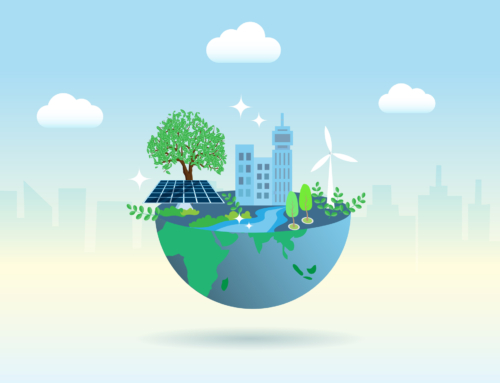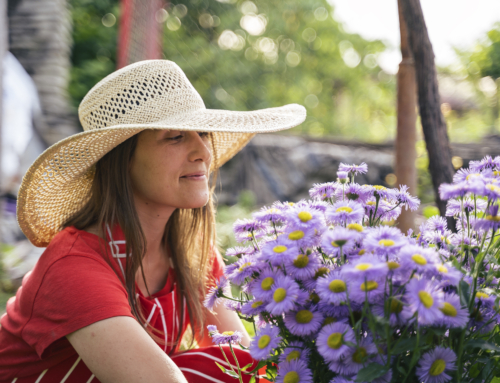Environmental sustainability isn’t an easy subject to nail down because it encompasses a range of different factors that impact one another in a myriad of ways. To put it simply, environmental sustainability has to do with mankind’s environmental, social and economic impact on the world we live in—and vice versa.
By maintaining an even balance of environmental, social, and economic practices, we can create a way of life that is sustainable. This raises the question, what is sustainability?
In the case of environmental sustainability, sustainability is to preserve our environment and our way of life indefinitely for future generations.

Photo Credit: RomoloTavani
How Can Environmental Sustainability be Achieved?
We have a general understanding of how environmental sustainability can be achieved. Whether or not mankind is capable of such a feat is another matter entirely.
In a perfect world where environmental sustainability is heavily prioritized, your life might look a little something like this:
You begin your day with breakfast beneath the skylight in your kitchen—there’s one in every room, to reduce energy consumption. When you do use energy to light your home or power your coffee maker, you know that you’re using clean, renewable energy that has minimal impacts on the environment. Perhaps it is generated by the solar panels on your roof or the wind turbines that turn peacefully in the distance.
You send your kids to school with lunch boxes that are void of plastic packaging. You buckle into your electric car and cruise along with other eco-friendly vehicles that produce very little (if any) carbon emissions during the commute.
At the office, every computer, printer, and lightbulb is powered by renewable energy. Paper goods are scarce, which reduces deforestation and logging emissions. What little paper you do use is promptly recycled in one of the dedicated recycling bins scattered throughout the building and put toward new uses like generating biomass energy.
At school, your kids learn about how they can contribute to environmental sustainability and are sent home with their own sapling to plant in the backyard.
On the news, there is no mention of disastrous oil spills or endangered rainforests. There is, however, the announcement of another eco-friendly invention or discovery. National and foreign governments enforce practices that are mutually beneficial to the people and the planet. The oceans are clean, there is no island of trash, and the whole world is working together to maintain and improve environmental sustainability.
Can you imagine? It sounds nice, doesn’t it?
Unfortunately, environmental sustainability will never be achieved without effort and sacrifice.
How Far Are We From Environmental Sustainability?
The millennial generation is known for many different defining characteristics. Perhaps the greatest influence this younger generation has on the world is their heavy emphasis on saving the environment. Now more than ever, companies are prioritizing eco-conscious practices to reduce their negative impact on the environment and appeal to not only the millennial consumer base but also the other consumers that are concerned with the environment and prioritize the well-being of it.
Various forms of renewable energy and gas are being thoroughly researched, tested, and successfully implemented. More and more products are being manufactured with organic and recyclable materials. Farmers are adopting greener methods of planting and harvesting.
The list can go on and on. However, this growing effort to preserve the environment is currently countered with an abundance of practices and lifestyles that are harmful to our planet in the name of convenience, speed, and affordability.
If we continue to neglect the earth we inhabit, we risk facing a domino effect-like series of consequences, such as the decline of biodiversity.
What is Biodiversity?
Biodiversity (biological diversity) is a term used to describe the variety of life in a given environment. This phrase encompasses humankind, animals, plants, and any other living organism that we share the world with.
Biodiversity Examples
Examples of biodiversity include:
- The vast and diverse collection of life in the ocean
- The number of different species capable of thriving in the desert
- The tremendous variety of plants and wildlife present in the rainforest
A more local biodiversity example can be found in the city or state you live in: fishing harbors, fields of cattle, suburban neighborhoods, agricultural farms, any habitat you can think of. The variety of life within that habitat is a display of biodiversity.
We stand to gain a great deal from rich biodiversity. To name a few benefits, agricultural exports contribute to our economy and a variety of different food sources contribute to our health.
The toll we take on the environment directly affects the biodiversity of our planet. Deforestation is a glaring example of how our economic pursuits can impair biodiversity and limit our resources.
On Biodiversity Day (May 22nd), join eco-conscious individuals all over the world in doing a little extra to give back to the environment, aid in our quest for environmental sustainability, and promote rich, healthy biodiversity across the globe.
Find out how you can make a big impact on a daily basis by switching to Spring Power & Gas. Contact us today to learn more.




![Top 11 Sustainable Building Practices for Eco-Homes [Plus 5 Sustainable Materials]](https://springpowerandgas.us/wp-content/uploads/2023/02/iStock-181062267-500x383.jpg)

